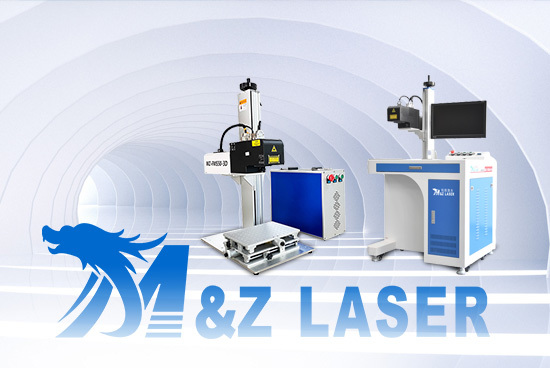Break through traditional welding, the handheld laser welding machine makes welding easier.
Release time:
2024-12-18
In modern manufacturing, welding is a crucial process that is widely used in the production of automobiles, aerospace, electronic devices, and various metal products. However, traditional welding methods, such as arc welding and gas welding, often face issues such as complex operations, low efficiency, and high skill requirements for operators. With technological advancements, the emergence of handheld laser welding machines is gradually changing this situation, bringing new breakthroughs to the welding industry with their efficiency, precision, and ease of operation.
The working principle of handheld laser welding machines is to use a high-energy laser beam as a heat source to melt the workpiece and form a strong weld. Compared to traditional welding methods, laser welding has significant advantages. First, the energy density of the laser beam is extremely high, allowing the workpiece to be heated to a molten state in a very short time, greatly reducing welding time. This not only improves production efficiency but also reduces workpiece deformation and heat-affected zones caused by prolonged high-temperature heating.
Secondly, the operation of handheld laser welding machines is much simpler. Traditional welding often requires complex equipment setup and debugging, while laser welding machines achieve precise adjustment and storage of welding parameters through a digital control system. Operators can master the operation methods of the equipment with simple training, significantly lowering the requirements for professional skills. Additionally, the handheld design allows the laser welding machine to be flexibly applied to the welding of various complex workpieces, achieving high-quality welding results for both large components and precision parts.

In terms of welding quality, handheld laser welding machines also perform excellently. The laser beam has good focus and uniform energy distribution, capable of forming narrow and deep welds, which enhances the strength and sealing of the weld. At the same time, the low heat input during the laser welding process reduces welding stress and the occurrence of cracks, which is beneficial for improving the overall performance of the welded parts. These advantages have led to the widespread application of handheld laser welding machines in high-end manufacturing fields such as aerospace and automotive manufacturing, providing strong guarantees for product reliability and safety.
In addition to the above advantages, handheld laser welding machines also have good environmental performance. Traditional welding processes generate a large amount of smoke and harmful gases, posing risks to the health of operators and the environment. In contrast, laser welding is a non-contact welding method that does not produce spatter or smoke, greatly improving the working environment. Furthermore, the energy consumption of laser welding machines is relatively low, aligning with the current trend of green manufacturing and contributing to the sustainable development of the manufacturing industry.
Of course, the development of handheld laser welding machines also faces some challenges. For example, the cost of laser welding equipment is relatively high, which poses significant initial investment pressure for small and medium-sized enterprises. Additionally, laser welding technology needs continuous optimization and improvement in practical applications to meet the welding needs of different materials and workpieces. However, it is believed that with ongoing technological advancements and gradual cost reductions, handheld laser welding machines will be applied and promoted in a wider range of fields.
In summary, handheld laser welding machines, with their efficiency, precision, and ease of operation, are gradually breaking through the limitations of traditional welding, bringing new development opportunities to the welding industry. They not only improve production efficiency and quality but also enhance the working environment and reduce energy consumption, aligning with the trend of green manufacturing. In the future, as technology continues to advance and costs further decrease, handheld laser welding machines are expected to play an increasingly important role in the manufacturing industry, driving the sector towards higher levels of development.














